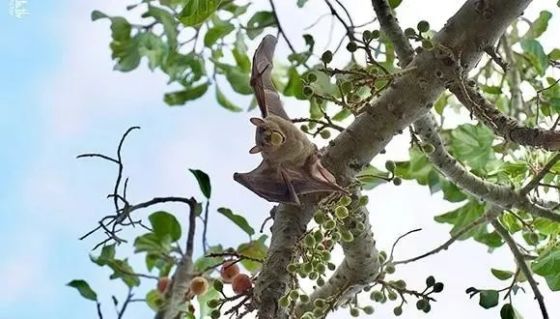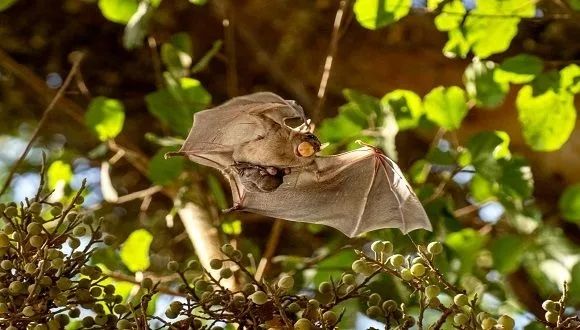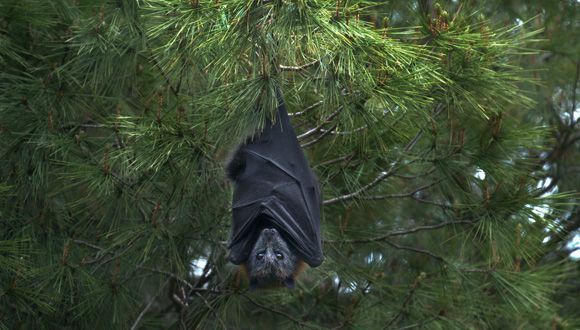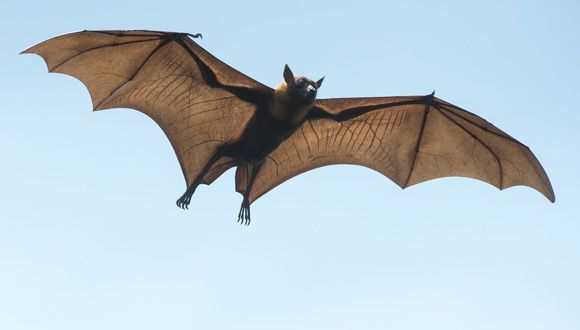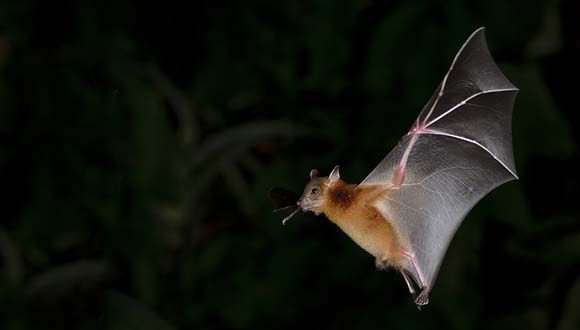It is time to bust a myth about bats – bats actually see well during the day and they know how to navigate the space during daylight hours. A new Tel Aviv University study has found that fruit bats use their biological sonar during the day, even though their vision is excellent and would ostensibly eliminate the need for the bats to emit calls to the environment and use their echoes to locate objects (echolocation). The researchers believe that due to the high accuracy of the bats’ bio-sonar system in estimating how far objects are, echolocation offers an additional tool – on top of vision – to help ensure that the bats are navigating as effectively as possible. This is similar to a person crossing the street using their sense of hearing as well as sight to make sure the road is clear.
Enjoying the Tel Aviv Sun
The study was conducted under the supervision of Prof. Yossi Yovel, head of Tel Aviv University’s Sagol School of Neuroscience and a researcher at the School of Zoology in The George S. Wise Faculty of Life Sciences and the Steinhardt Museum of Natural History. The study was led by Ph.D. student Ofri Eitan in cooperation with Dr. Maya Weinberg, Dr. Sasha Danilovich, and Reut Assa, all from Tel Aviv University, and Yuval Barkai, an urban nature photographer. The study will be published in the journal Current Biology.
The researchers explain that in general, bats are active mainly at night, and echolocation is the tool they use to navigate their way in the dark. They also say, however, that in recent years a growing phenomenon has been witnessed in Israel, particularly in Tel Aviv but also in other cities, in which Egyptian fruit bats roam around even during the day. In the current study, the researchers sought to examine what happens when the bats are active during the day, and whether they are aided by their unique bio-sonar even in conditions of good visibility.
For the first time, the researchers studied the activity and sensory behavior of the fruit bat during the day. The research was conducted with the help of photography and audio recordings of the bats’ activities throughout the day, in three different situations: in the morning, as they went out to explore in Tel Aviv; later in the day, when they visited Tel Aviv’s sycamore trees; and while they were drinking water from an artificial pool. In each of these situations, the bats used echolocation.
Daytime Integration of Senses
Ofri Eitan explains: “We compared the bats’ landings and flights between the trees, and found that prior to landing, the bats increased the sounds they emitted in order to use the echoes to help estimate the distance to the ground. In addition, we found that even in the pools of water, bats increased the rate of their calls before coming into contact with the water and reduced it (and sometimes even ceased the calls completely) after ascending from the water to fly to an open area. On the other hand, there were cases in which the bats emerged from the pool and had a wall placed in front of them, and once again returned to the use of echolocation. So, all our results show that the fruit bats make functional use of echolocation.”
Prof. Yossi Yuval concludes: “Our results are unequivocal and show that fruit bats make frequent use of echolocation even during the day when visibility is good. We hypothesize that this is due to the fact that echolocation helps the bats to measure the distances of objects in the environment more accurately, and that their brains combine the visual information along with the auditory information. This study shows how important integration between different senses is, just as we humans integrate visual and auditory information when we cross a street, for example.”

